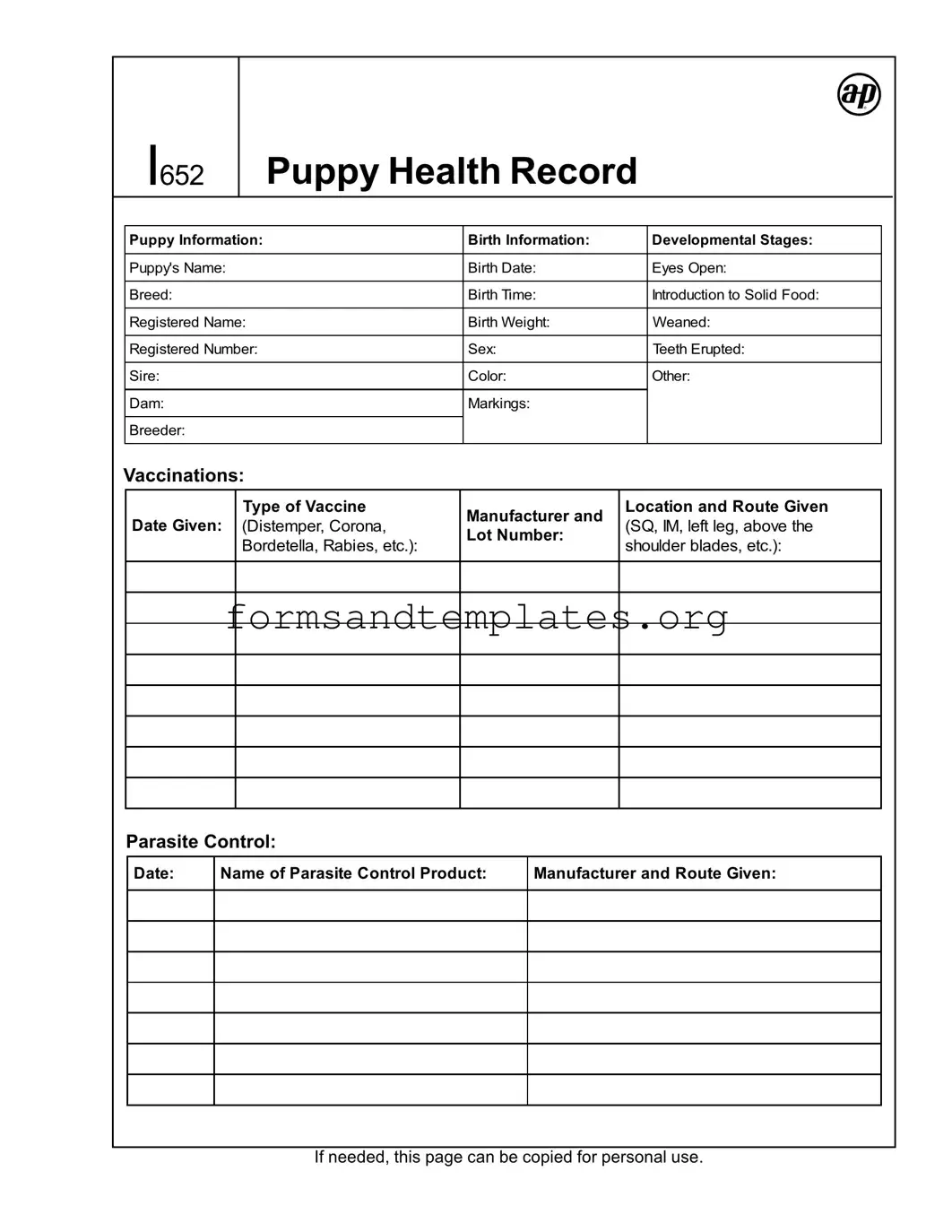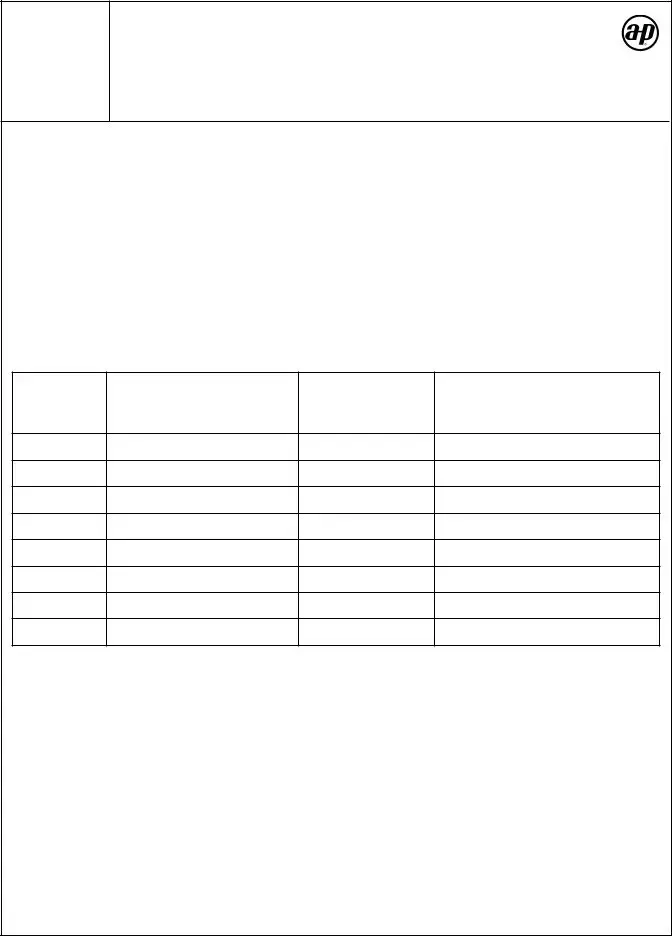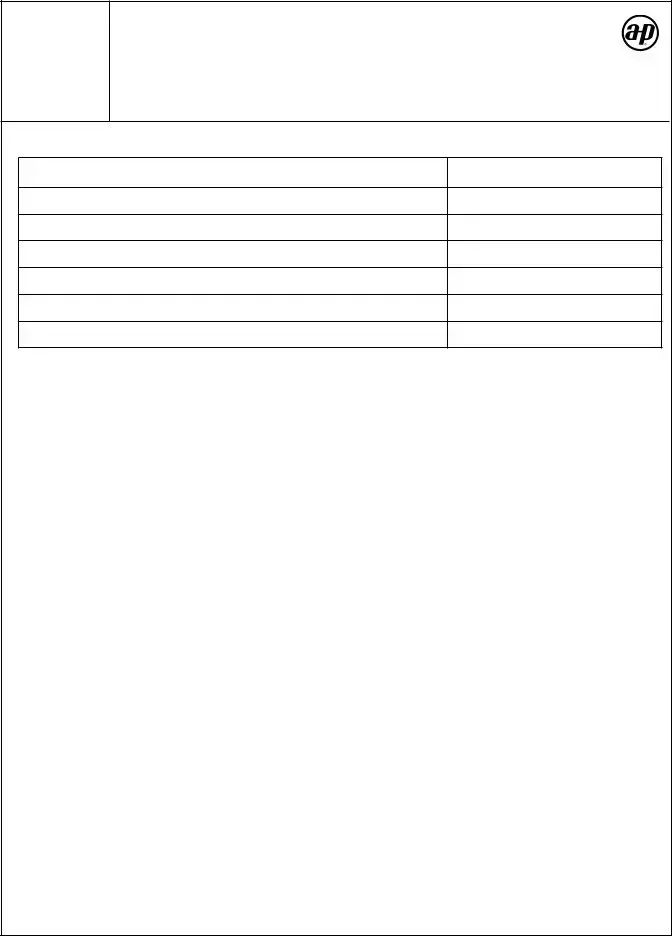When bringing a new puppy into your home, keeping track of its health and developmental milestones is crucial. The Puppy Health Record form serves as an essential tool for pet owners and veterinarians alike, ensuring that every important detail about the puppy’s early life is documented. This comprehensive form includes vital information such as the puppy's name, breed, birth date, and weight, alongside significant developmental stages like when its eyes opened and when it was introduced to solid food. Vaccination records play a pivotal role in this form, detailing the types of vaccines administered, their dates, and the specific locations where they were given. Additionally, the form tracks parasite control measures, providing space for the product name, manufacturer, and administration route. Owners can also note examinations or procedures performed, capturing findings and comments for future reference. A schedule of key events from birth to spay or neuter is included, helping owners stay organized and informed about their puppy's health journey. This record not only helps in maintaining a healthy pet but also ensures compliance with any local regulations regarding pet vaccinations and health checks.


